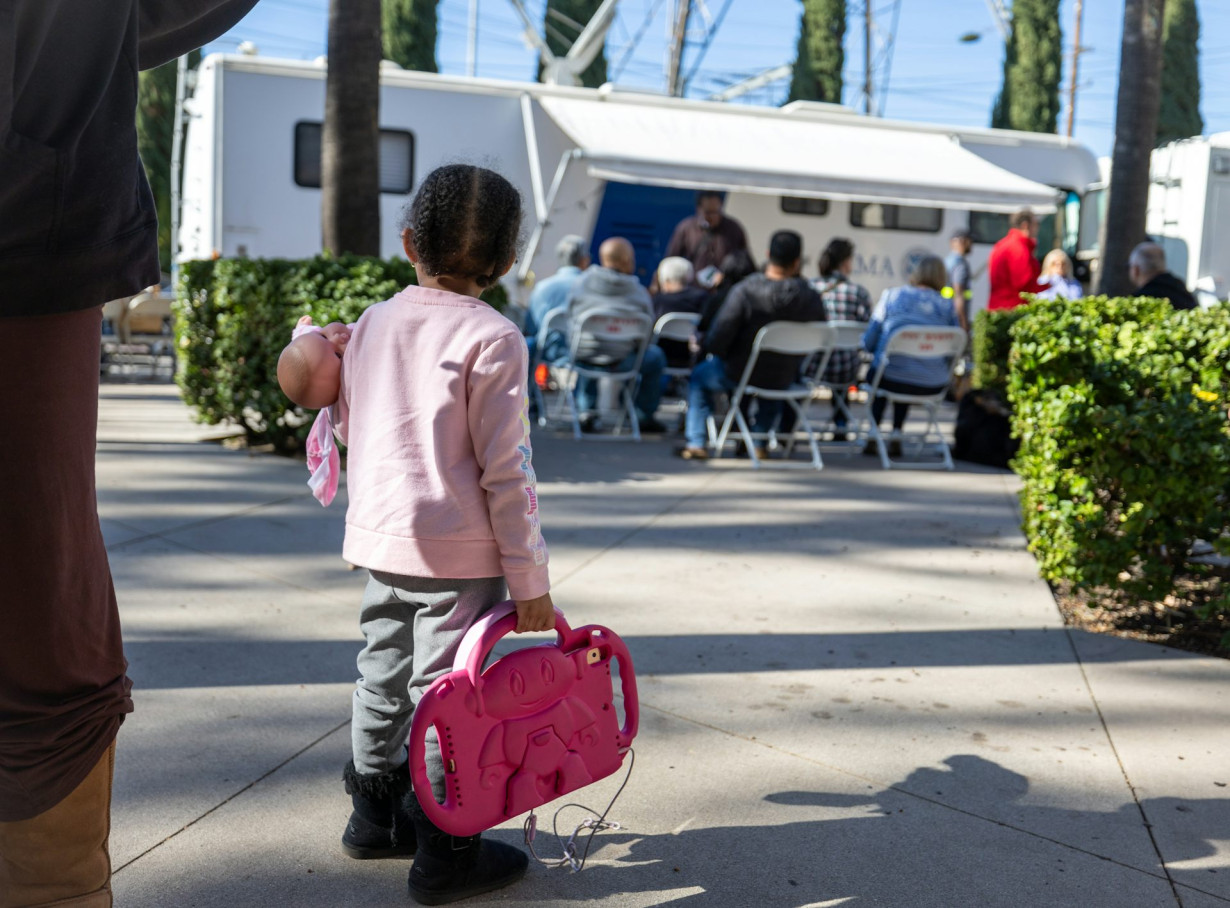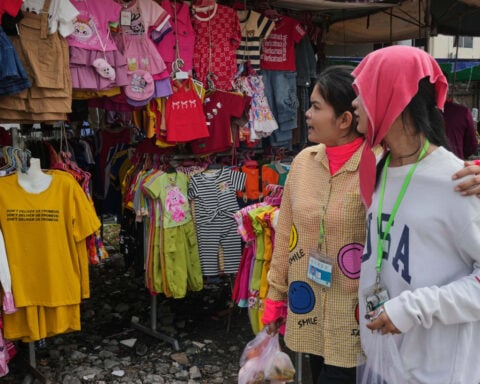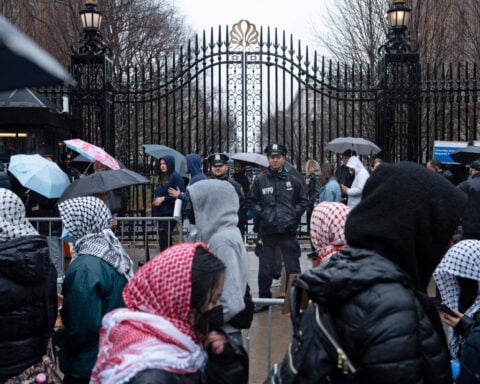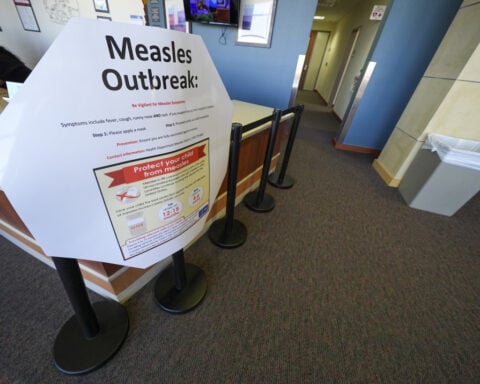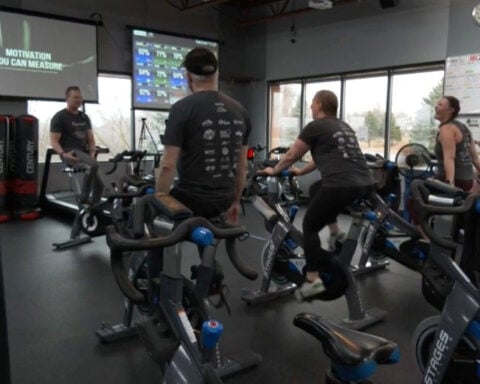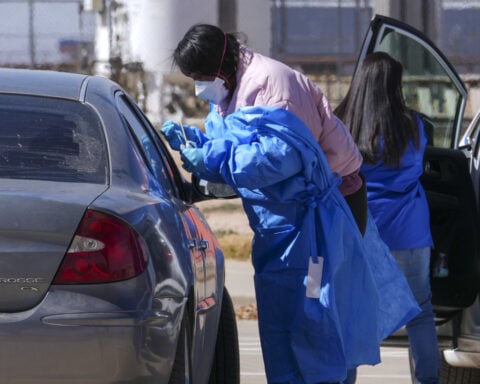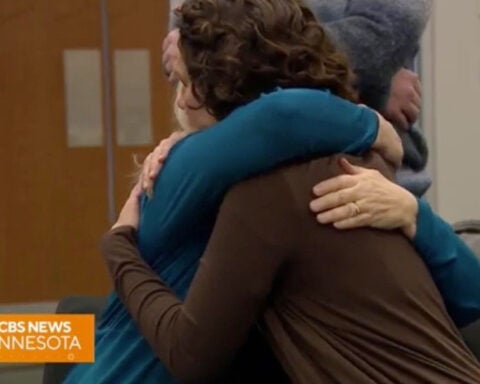Learning from past disasters
After the 2020 Slater Fire in Happy Camp, California, a rural town about 25 miles south of the Oregon border, we conducted focus groups with children who had lost homes and schools.
Our study found that despite experiencing profound loss, many of the children expressed gratitude for their communities and an eagerness to rebuild. Their perspectives revealed both resilience and critical gaps in disaster response – gaps that we see unfolding in Los Angeles today.
One of the biggest lessons from the Slater Fire and other disasters is that children recover best when they are given a sense of stability and normalcy as quickly as possible. The faster children can return to a routine, the better their emotional and academic outcomes tend to be. Schools, child care facilities and structured activities all play a crucial role in this process.
Helping children cope with stress
To assist parents and caregivers in navigating difficult conversations after a natural disaster, substantial research has explored how to talk to kids about disasters.
For families navigating the emotional toll of this disaster, open conversations are key. Avoiding the topic in an attempt to protect children can make them more anxious. Instead, caregivers should create space for children to express their emotions and ask questions. Children’s responses to trauma vary based on their age and experiences, but common reactions may include anxiety about future wildfires, trouble sleeping, and withdrawing from activities they once enjoyed.
Children need help from the adults in their lives to cope with stress after a natural disaster.
Children may react differently, and it is important to be on the lookout for signs of stress. Younger children between ages 1 and 5 may become more irritable and may exhibit signs of developmental regression.
Older children between the ages of 14 and 18 may begin to show signs of depression or isolate themselves. They may also begin to act out or engage in risk-taking behaviors. Strategies that can help children process the experience include maintaining routines, keeping an open line of communication, encouraging creative outlets and modeling desired behaviors.
Tweens and teens may also find comfort in the shared experience with their friends. Rita’s best friend shared that her 11-year-old daughter and 10 of her friends named their chat group “70% homeless,” a telling reflection of how they are processing the disaster together.
Caring for our children after a disaster
Organizations such as Project:Camp, a nonprofit that provides pop-up camps for children affected by disasters, have stepped in to offer immediate child care relief in Eagle Rock, California, about 8 miles from Altadena. These programs not only support children’s mental health by offering structured, trauma-informed care in a fun environment, but they also give caregivers the time and space necessary to begin rebuilding their lives.
The services provided by these sorts of programs can serve as models that can be incorporated into the planning process for cities and counties. This allows more time for adults to focus on recovery needs while limiting the time that children must spend alone.
For families still struggling after the LA fires, we recommend talking to school counselors, seeking community support and contacting local disaster relief programs.
Looking ahead
Rebuilding after a disaster is about more than just reconstructing homes and infrastructure. It’s about restoring a sense of security for families, especially children.
If there is one thing our research has taught us, it is that children are incredibly resilient. But resilience is not built in isolation. Rather, it comes from strong support systems, thoughtful policies and communities that put their youngest members first in times of crisis. Prioritizing schools and child care centers in recovery plans helps to ensure that children can return to safe, supportive environments as soon as possible.

Rita V. Burke received funding from funding from the Natural Hazards Center at the University of Colorado Boulder with the Support of the Centers for Disease Control and Prevention and the National Science Foundation for this work. She is also funded by the Department of Health and Human Services Administration for Strategic Preparedness and Response. She is also Chair of the Board of Advisors for Project:Camp.
Santina Contreras receives funding from the Natural Hazards Center at the University of Colorado Boulder with the Support of the Centers for Disease Control and Prevention and the National Science Foundation.
Source: The Conversation

 Trump has begun another trade war. Here's a timeline of how we got here
Trump has begun another trade war. Here's a timeline of how we got here
 Canada's leader laments lost friendship with US in town that sheltered stranded Americans after 9/11
Canada's leader laments lost friendship with US in town that sheltered stranded Americans after 9/11
 Chinese EV giant BYD's fourth-quarter profit leaps 73%
Chinese EV giant BYD's fourth-quarter profit leaps 73%
 You're an American in another land? Prepare to talk about the why and how of Trump 2.0
You're an American in another land? Prepare to talk about the why and how of Trump 2.0
 Chalk talk: Star power, top teams and No. 5 seeds headline the women's March Madness Sweet 16
Chalk talk: Star power, top teams and No. 5 seeds headline the women's March Madness Sweet 16
 Purdue returns to Sweet 16 with 76-62 win over McNeese in March Madness
Purdue returns to Sweet 16 with 76-62 win over McNeese in March Madness
